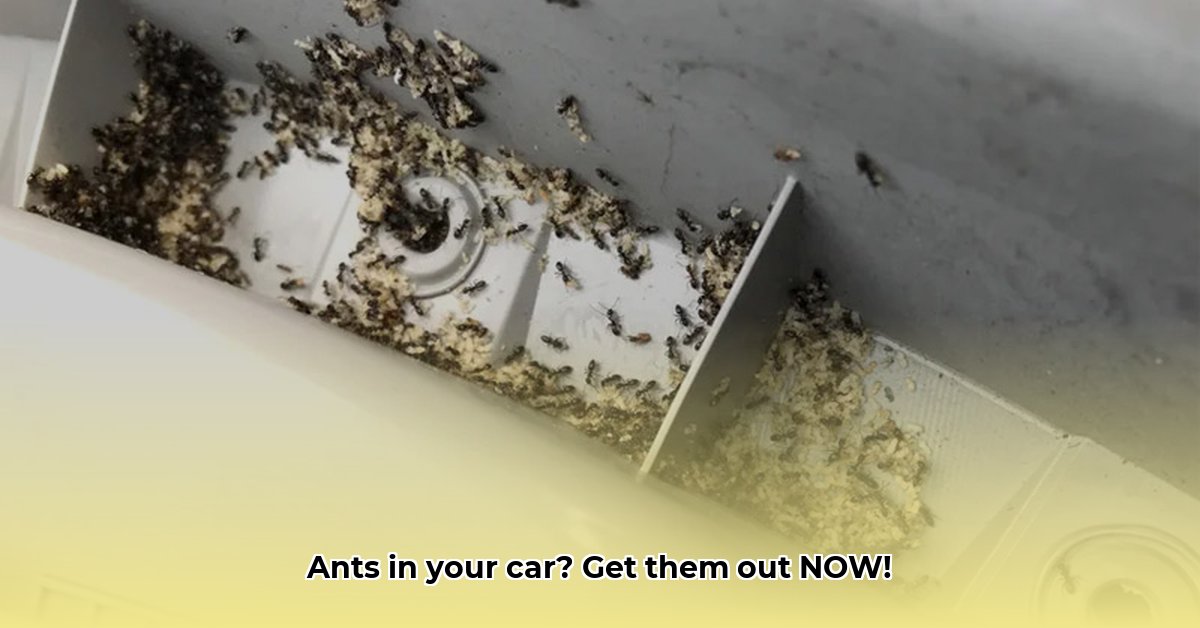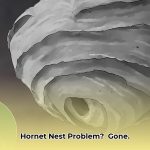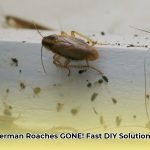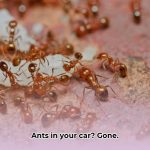Ants in your car can be a real nuisance. This comprehensive guide provides step-by-step instructions and helpful tips for removing ants from your car and preventing future infestations.
Identifying the Ant Source
Locating the source of the ants is the first step to effective removal. Like a detective, you’ll need to follow the clues.
Track the Trails
Ants usually follow established routes. Observe their trails inside and outside your car. Where are they coming from and where are they going? This can lead you to their food source or nest.
Inspect Your Car’s Interior
Thoroughly search your car, paying close attention to these areas:
- Dashboard and Console: Check gaps, vents, and crevices.
- Seats and Floor Mats: Look under and between seats, and lift mats to inspect underneath.
- Glove Compartment: Clear out any trash and look for spills or crumbs.
- Trunk: Inspect corners, crevices, and stored items.
Check Under the Hood and Beyond
- Engine Compartment: Ants may nest near the firewall. Check around the battery and air filter.
- Undercarriage: Examine wheel wells and underbody panels for ant activity.
Identify Attractants
Ants are attracted to food, moisture, and sweets. Common culprits include:
- Food Sources: Crumbs, wrappers, spilled drinks, pet food, groceries.
- Moisture: Leaky containers, condensation.
- Sweet Residues: Tree sap, spilled soda, candy.
Consider the Ant Type
Different ant species have varying preferences. Identifying the type of ant can help pinpoint the source. Some common car-invading ants include odorous house ants (sweets, moisture), pavement ants (various foods), and sugar ants (sugary substances). More research is needed to determine if other species are involved in car infestations.
Locate Entry Points
Common entry points include:
- Door and Window Seals: Check for worn or damaged seals.
- Vents: Inspect vents for ant activity.
- Cracks and Crevices: Look for cracks in the dashboard, body panels, or around the steering column.
- Wiring Harnesses: Ants may use these as hidden routes.
DIY Ant Removal Methods
Natural solutions are often effective and safer than chemical insecticides for use inside your car.
Natural Ant Deterrents
- Vinegar: A 50/50 mix of white vinegar and water disrupts ant trails. Spray on trails and areas with ant activity.
- Essential Oils: Peppermint, lemon, tea tree, and orange oil repel ants. Place a few drops on cotton balls near entry points or dilute in water and spray. Ongoing research suggests some oils may also disrupt ant communication.
- Spices: Cinnamon, black pepper, and salt can deter ants. Sprinkle near entry points. While effective, further studies are needed to fully understand their impact on ant behavior.
- Citrus Peels: Place orange or lemon peels in affected areas. The citrus oil acts as a repellent. Research continues on the exact mechanism, but the potent scent is likely a key factor.
- Diatomaceous Earth (Food-Grade): This natural powder dehydrates ants. Sprinkle a thin layer in affected areas, but avoid inhalation.
Other Effective Methods
- Cleaning: Regularly vacuum, wipe surfaces, and clean out cup holders and crevices.
- Baiting (Outside the Car): Place commercial ant bait outside your car near where you park to lure ants away.
Troubleshooting and Prevention
Troubleshooting Persistent Ants
If ants persist after cleaning and natural remedies, they may have a nest in your car. Check hard-to-reach areas.
Prevention Tips
- Regular Cleaning: Vacuum and wipe down surfaces frequently to remove food debris.
- Avoid Eating in Your Car: Minimize spills and crumbs. Clean up spills immediately.
- Seal Entry Points: Seal any cracks or gaps where ants can enter.
- Strategic Parking: Avoid parking near anthills or trees with branches that touch your car.
When to Call a Professional
While DIY methods are often successful, sometimes professional help is needed. Consider calling a pest control service if:
- Large Infestation: Ants are numerous and coming from multiple locations.
- Persistent Problem: DIY methods have failed to eliminate the ants.
- Ant Bites: Getting bitten while driving is a safety hazard.
- Worsening Infestation: The ant problem is escalating despite your efforts.
- Suspected Nest: You believe ants have nested inside inaccessible areas of your car.
- Fire Ants: Fire ants are aggressive and require professional treatment.
Professional exterminators have the expertise, tools, and stronger insecticides to handle tough infestations and prevent future occurrences. They can also identify the specific ant species, which can then be targeted with a specialized approach. It’s worth noting that some research suggests certain car models might be more prone to ant infestations due to interior materials or ventilation system design.
By following this guide, you can effectively remove ants from your car and enjoy a pest-free driving experience. Remember, persistence and a multi-pronged approach are often key to success.
- How to Get Rid of Mushrooms in Your Lawn: A Complete Guide - April 24, 2025
- How to Get Rid of Ground Hornets: A Safe and Effective Guide to Eliminating Nests - April 24, 2025
- How to Get Rid of German Roaches Fast: DIY Methods for Quick Control - April 24, 2025










